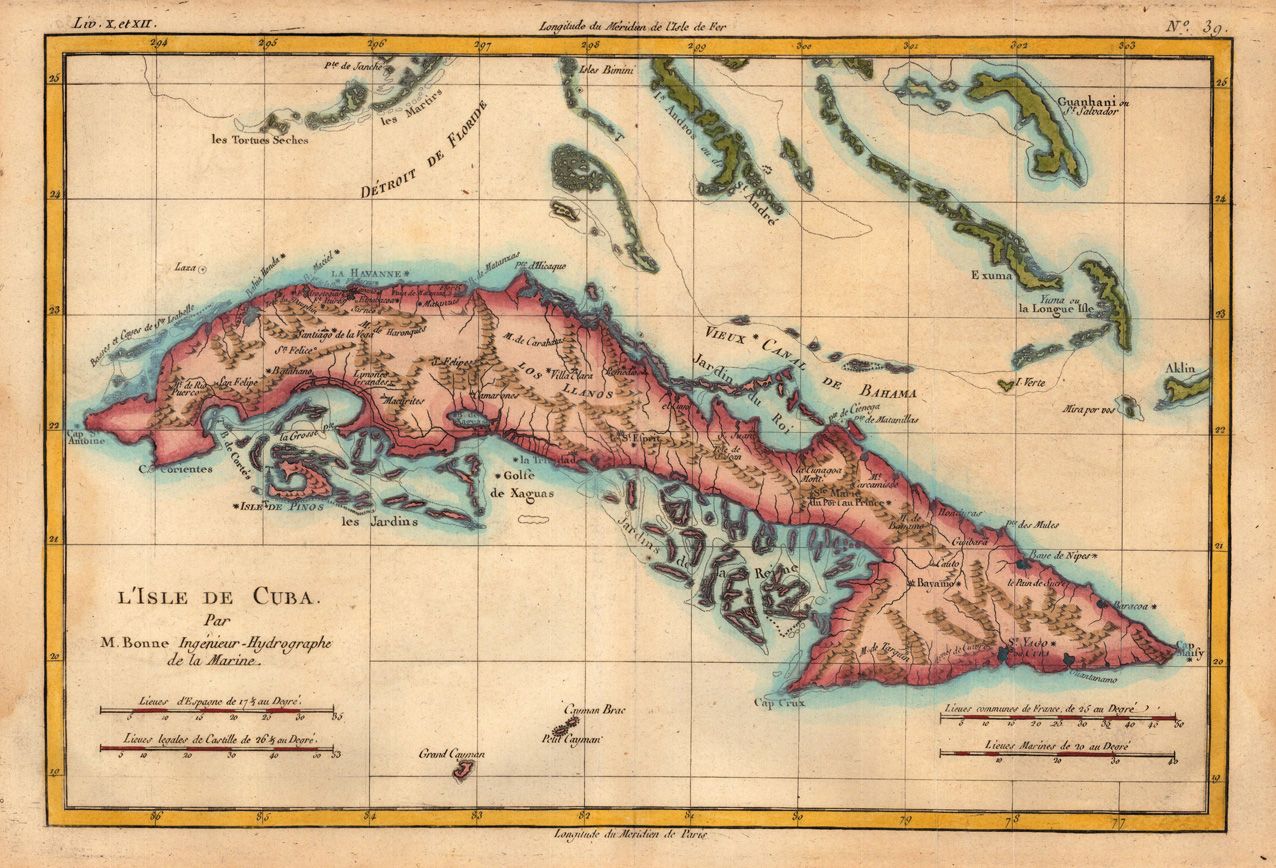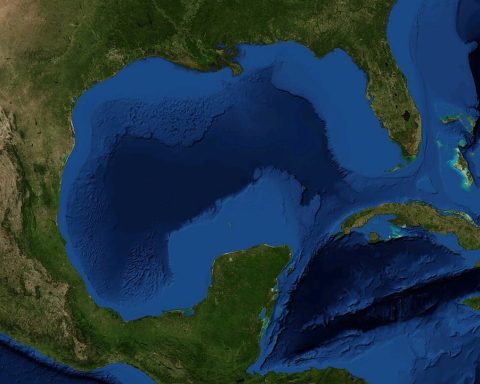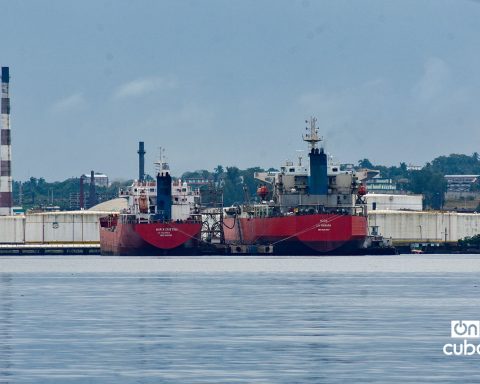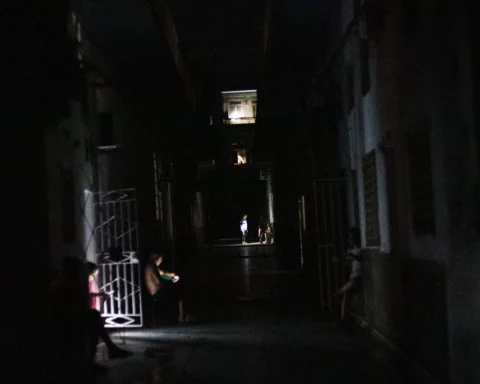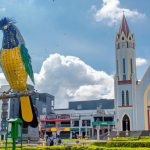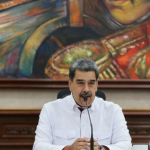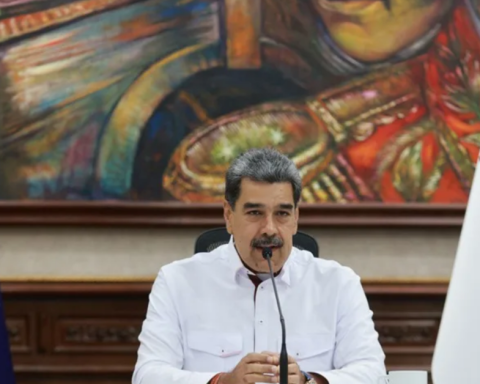In the past delivery It made reference to the great number of toponyms that survived from our pre-Hispanic language: the insular aruaco, thanks to which today we preserve the name of Cuba. Toponymy, a procedure that, as its etymology indicates, consists of naming places, is undoubtedly one of the most fascinating fields of linguistic research.
The names of places, physical or geographical, usually have many specialized classifications depending on whether they are related to water (rivers, seas, lakes, oceans…), to geographical features (elevations, mountain systems, canyons…), to the coastline ( bays, coves, points, keys…) or with spaces built by man (cities, towns, industrial zones, streets…). However, within these we can find even more specific categories related to natural or geographical characteristics, with local flora and fauna, with natural resources, with historical figures and events, with religion and even with physical characteristics of people. , with states of mind or ailments, with spheres of human work typical of a region, and even with other toponyms.
Going through the Cuban geography according to its toponymy is, without a doubt, one of the most incredible semantic adventures. Not surprisingly, great classics of our musical tradition have celebrated these curious journeys through our towns, communities and neighbourhoods, weaving the dense network of names in which stories, legends and inexplicable labyrinths of memory come together.
Those names that translate an attribute of the place are usually clearer in their meaning, either because of their physical characteristics (Río Hondo, Bahía Honda, Playa Larga, La Sierra, Los Hondones, Hoyo Colorado, Río Seco, Caleta Buena, Varadero), by the abundance of a crop, plant or element of the fauna (Caimanera, Caimito, Hicacos, Pinar del Río, La Palma, El Cedro, Los Pinos, Alacranes, Caletones, Sweet potato, Shrimp, Crocodile, Manatee, Punta Perdiz, Cayo Jutía ) or by the activity carried out (El Cobre, Minas de Matahambre, Minas del Frío, Pilón).
The European influence imposed the tradition of naming towns and cities in honor of various characters of Christian saints, widely spread throughout the island: San Juan, San Luis, San Cristóbal, San Nicolás de Bari, San Antonio, Santa Clara, San Francisco, Santa Lucía, San José, San Lázaro, San Antonio, San Fernando, Santa María, Santiago… And also within that heritage, Santa Cruz, Santa Fe, Sancti Spíritus, Trinidad…
Many place names preserve the memory of historical figures, either of national roots (Martí, Mella, Máximo Gómez, Maceo, Pedro Betancourt, Niceto Pérez, Jesús Menéndez, Isabel Rubio…), Latin American (Bolívar, Sandino…) or universal (Colón , Cuts…). Others remember cities of the world: from the mythical Troy or Cayo Romano, through the Italian Mantua, Florence and Gerona, to the North American Omaha in the current Omaja, a town belonging to the province of Las Tunas and to which the Prize dedicated an excellent book. National Prize for Literature, Jaime Sarusky (the ghosts of omaja, 2010). Other countries or regions have also lent us their names for our cities and towns: Mexico, Haiti, Colombia, Bolivia, Venezuela, Paraguay, Nicaragua, Florida… Some surnames of rank were also immortalized in place names: Iznaga, Cárdenas, Cifuentes, Cienfuegos, Hershey, Abreus, Orozco…
Toponyms that allude to states of mind, body parts or physical characteristics of people are more difficult to unravel, but at the same time they are the ones with the greatest connotation as large urban centers or cities of provincial and municipal interest are abandoned. to enter the world of popular stories of subjects and communities: La Feíta, La Ciega, Vieja Linda, Muelas Quietas, La Felicidad, El Silencio, La Esperanza, La Fe, La Quijada, El Pellizco…
No less interesting are those that refer us to very particular functions in a geographical environment, such as El Cayuco or Aguada de Pasajeros, or those that reveal stories of mergers and crosses between our first settlers and the rebellious African slaves, such as Palenque de Yateras, intricate site of the Guantanamo geography that served as a refuge for many emancipated from the plantations.
Already in the field of enigmas and speculation there are place names whose historical component is being diluted by extensive use, so that we pronounce them without paying too much attention to what they could mean and perhaps very few retain memory of their origin. In that sense, Güira de Melena has always intrigued me, and small enclaves such as Cuatro Compañeros or El Sopapo also seem curious to me. Being from Pinar del Río, I inquired long ago about one of the strangest place names in my province: Puerta de Golpe. And there seems to be some consensus that it derived from a kind of talanquera at the entrance of a farm in the area, near the town of Alonso Rojas, whose closing mechanism incorporated a weight tied to a rope that made a loud noise when closed. That’s how simple the origin seems to be.
But other paths twist into the most complete gloom. Looking for atypical names, I ended up in a small village north of Chambas, a batey with an enigmatic name: Amin Klay. I searched the web, in encyclopedias and specialized sites; hours of unsuccessful tracking. I saw myself as Borges lost in a labyrinthine library. There is no person behind those words, there is no city or port. I only found solace in a distant kinship with the Arabic language of distant Tunisia. There I lost track and decided to mentally return to the island. One day I will go to Ciego de Ávila, from there to Chambas and from there to Amin Klay. For now I do not see a more interesting trip.
